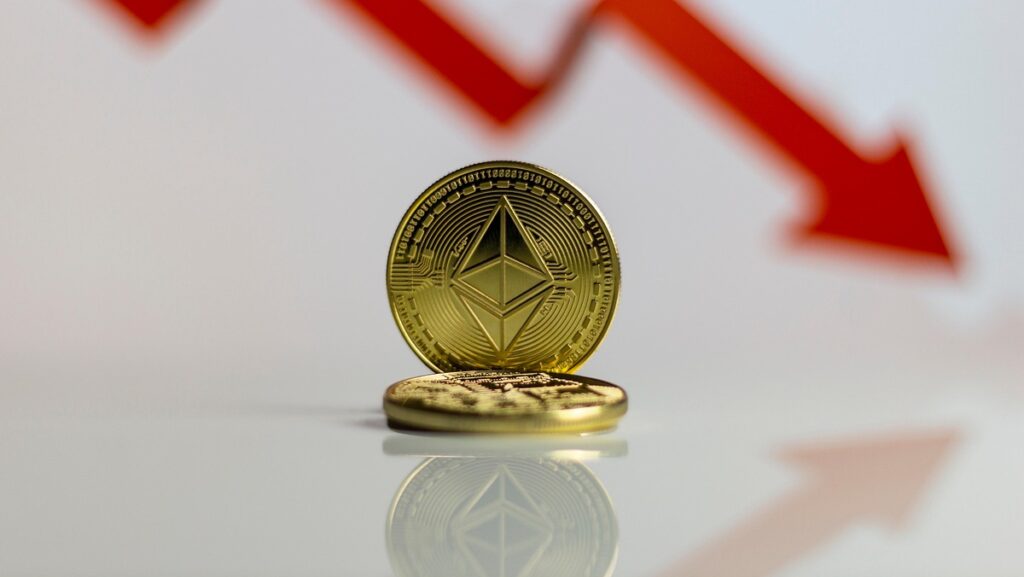The price of Ether (ETH), the native cryptocurrency of the Ethereum blockchain, has fluctuated significantly over its history. Below is an overview of ETH’s price, showing how it has performed over the past few years:
1. Initial launch and early years (2015-2016)
2015 launch price: Ethereum was launched in July 2015 with an initial price of around $0.30 per ETH. At this time, the blockchain was still in its infancy, and the market had little idea of its long-term potential.
Late 2015: By the end of 2015, the price had risen to around $1 per ETH.
2. First Bull Run (2017)
January 2017: ETH started the year at around $8-10 per ETH, and by mid-2017, it increased significantly due to the growing popularity of Initial Coin Offerings (ICOs) and decentralized applications (dApps) being built on Ethereum.
May 2017: ETH hits $100 for the first time due to an explosion of ICOs and Ethereum-based projects.
End of 2017: Due to the ICO boom and growing interest in blockchain technologies, Ethereum reaches an all-time high of $1,400 in December 2017.
3. 2018 Crash
January 2018: After reaching around $1,400, the price of ETH begins to decline, following the general crash of the cryptocurrency market.
February-December 2018: By the end of 2018, ETH’s price had dropped to around $130-$150, a drop of more than 90% from its peak, due to a market correction and a slowdown in ICO activity.
4. Recovery and Consolidation (2019-2020)
2019: ETH’s price remained relatively stable, ranging between $100 and $300 in 2019, with a gradual increase as Ethereum-based DeFi platforms began to gain momentum.
2020: In late 2020, Ethereum experienced a steady recovery, trading between $300 and $750. This increase was driven by the growing popularity of decentralized finance (DeFi) platforms, which were primarily built on Ethereum.
5. The 2021 Bull Run
January 2021: Ethereum started the year at around $730, and by February 2021, it broke its previous all-time high of 2017, hitting $1,800.
May 2021: The price surged further, hitting $4,000 in May 2021, as Ethereum’s usage in DeFi and NFTs grew rapidly. This growth was also driven by institutional adoption and growing interest in Ethereum 2.0 (the shift to Proof of Stake).
Mid-2021 to late 2021: Ethereum’s price fluctuated between $2,000 and $4,000 due to high volatility in the crypto market. It peaked at $4,878 in November 2021, driven by growing enthusiasm for NFTs, DeFi, and Layer 2 scaling solutions.
6. Bearish 2022
Early 2022: ETH hit its highest price of the year at $4,800 in January.
Mid-2022: Like many cryptocurrencies, Ethereum also faced a significant decline during 2022, falling to around $1,000-$1,200 by mid-year due to bearish sentiment in the market, inflation concerns, and tightening monetary policies by central banks.
End-2022: By the end of 2022, ETH was trading at $1,200-$1,400, recovering somewhat from the lows but still well below its 2021 highs.
7. Ethereum 2.0 and long-term outlook (2023-present)
2023: With the transition to Ethereum 2.0 (Proof of Stake) completed in September 2022, ETH’s price saw some recovery. In early 2023, ETH traded around $1,500 to $2,000, with some fluctuations due to broader market trends.
Mid-2024 and beyond: Ethereum’s price saw a gradual increase as DeFi, NFTs, and Ethereum-based Layer 2 solutions continued to develop. In the second half of 2024, the price of Ethereum fluctuated around $2,700 to $3,100. Along with this, the bull run of the crypto market is going to start in 2025, in which the price of ETH can be seen from $10000 to $15000.
Key factors affecting the price history of ETH
Market sentiment: Ethereum’s price is often influenced by the broader cryptocurrency market, including Bitcoin’s performance, regulatory developments, and investor sentiment.
Ethereum network upgrades: Upgrades such as Ethereum 2.0 (Proof of Stake), which aimed to make the network more scalable and energy-efficient, had a significant impact on the price of ETH. The successful implementation of Ethereum 2.0 in 2022 is seen as a turning point.
DeFi and NFTs: The rapid growth of decentralized finance (DeFi) platforms that use Ethereum-based smart contracts, as well as the explosion of non-fungible tokens (NFTs) in 2021, have significantly increased the demand for ETH.

